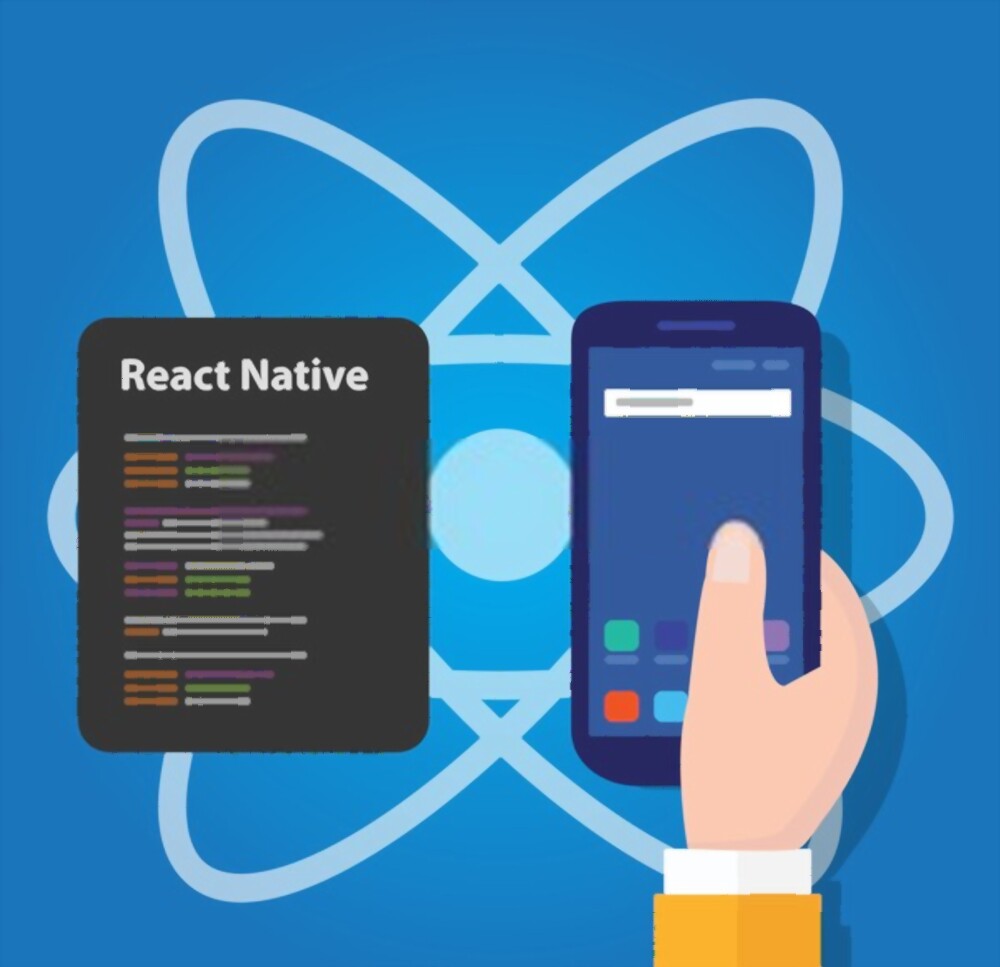Flutter vs. React Native: Which Framework to Choose For Cross-Platform Development

According to an analysis, Flutter and React Native has been the most popular cross-platform app frameworks over the past two years. Their adoption rate is increasing, and they will soon outpace their competitors. Both cross-platform development frameworks aid developers in reducing time to market and increasing productivity.
This platform may also allow the creation of interactive commercial applications for clients. To assist decision-makers in selecting the appropriate technology, you need to hire dedicated react native app developer. To further understand the differences between React Native and Flutter, they have put them up against one other.
Flutter vs. React Native: The ultimate comparison
Popularity:
- Flutter: Flutter is gaining traction among programmers as well. It has smaller community support than React Native because it was released three years after the latter. With Google’s backing, Flutter should be able to catch up to react quickly. Flutter is catching up to React Native in every way.
- React Native: React Native was first released in 2015 and has since grown in popularity among developers. Because it’s more than a 5-year-old framework, React Native also has a larger user base. The JavaScript language may be the most important factor in its favor.
Programming Language:
- Flutter-Dart: Google introduced the Dart programming language, which is utilized by Flutter, in 2011. On the other hand, developers rarely use it. Because it covers the bulk of object-oriented principles, the Dart language’s syntax is simple to grasp for all Java and JavaScript developers. It is simple to start with Dart because it has excellent, easy-to-follow documentation on its website.
- React Native-JavaScript: When using React Native, JavaScript is utilized to write the code. JavaScript is one of the most widely used programming languages, which is more beneficial for React Native. You need to hire dedicated react native app developer, and they will help you to face the difficulties of finding JavaScript engineers. Additionally, learning React Native is simple for any JavaScript developer.
Performance:
- Flutter: The performance of a Flutter application is superior to that of a React Native application. It is primarily because it doesn’t necessitate the usage of a bridge to allow native modules to communicate with one another. Flutter uses the graphics package, which allows the UI to be repainted every time the application views changes.
- React Native: In comparison to Flutter, the performance of React Native is lesser. The number of frames dropped in React Native’s hello world app is significantly more than in Flutters. You may need the help of a developer so that you can hire react native developer to find the fundamental reason behind this. The JavaScript Bridge is in charge of communicating across native modules.
Learning Curve:
- Flutter: Learning Flutter isn’t tough. Writing codes in Dart may seem strange, but that makes Flutter’s development easier. Before diving into Flutter, beginners should learn the fundamentals of iOS and Android app development. Compared to React Native, developers have observed that documentation in Flutter is much easier and smoother.
- React Native: Regarding the learning curve, developers who have previously produced applications using JavaScript will find it simple to pick up this technology. When it comes to web application development, you need to hire react native developer, and they used to help with learning hard times and using the framework. React Native has released a variety of tutorials, lengthy papers, and libraries throughout the years to improve its learning curve.
Testing Support:
- Flutter: When it comes to quality assurance and testing, Flutter has various options for testing apps at the unit, integration, and widget levels. Flutter also has a fantastic widget testing tool, allowing developers to design UI tests and run them at unit test speeds. This documentation has more information on testing Flutter apps.
- React Native: Because React Native is a JavaScript framework, there are only a few JavaScript unit testing frameworks. There are a few third-party tools for testing React Native apps, such as Detox and Appium, although they are not officially supported. For snapshot testing, there is a program named Jest. However, when it comes to the integration of UI-level testing, there is no formal support available.
Also Read: Flutter vs React Native: Best Choice for 2021 and So Far
Technical Architecture:
- Flutter: The architecture of Flutter is layered. The top-level root function, also known as platform-specific widgets, is the first step in the hierarchy of a simple application developed on this framework.
- React Native: React Native’s architecture is significantly influenced by the JS runtime environment architecture, often known as the JavaScript Bridge. This is a connection between the JavaScript and Native threads. The JavaScript code uses Facebook’s Flux architecture to interface with the Native API and the platform, according to the functionality.
Final thoughts:
They are living in a pivotal period in the history of mobile development, as they shift away from native app development and toward cross-platform app development. The cross-platform frameworks React Native and Flutter have emerged as the most popular. React Native had the advantage initially because it was released first, but Flutter is coming up.











